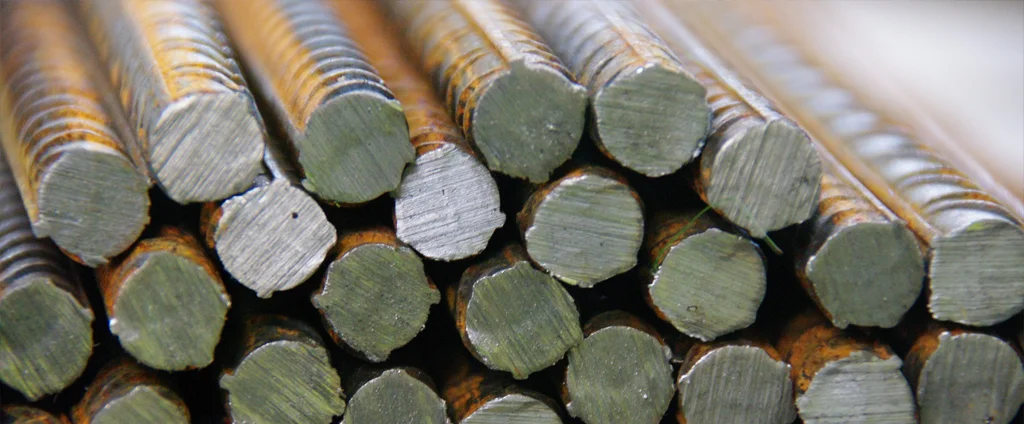Ductile Iron SAE J434c Grade D5506 (UNS F33800)

SAE J434c Grade D5506 is a ductile iron alloy engineered for applications requiring exceptional strength and toughness. Its balanced composition delivers reliable performance in highly stressed parts, making it suitable for diverse engineering uses where durability and mechanical integrity are critical.
| Chemical Composition | ||
|---|---|---|
| Element | Min | Max |
| Iron | 90.73% | 94.17% |
| Carbon | 3.6% | 3.8% |
| Cerium | 0.005% | 0.2% |
| Chromium | 0.03% | 0.07% |
| Copper | 0.15% | 1.0% |
| Magnesium | 0.03% | 0.06% |
| Manganese | 0.15% | 1.0% |
| Molybdenum | 0.01% | 0.1% |
| Nickel | 0.05% | 0.2% |
| Phosphorus | —— | 0.03% |
| Silicon | 1.8% | 2.8% |
| Sulfur | —— | 0.002% |
The following table provides a list of SAE J434c Grade D5506 properties in both SI and US customary/Imperial units.
Click on the button to switch between Metric and Imperial units.
| Physical Properties | Metric |
|---|---|
| Density | 7100 - 7200 kg/m3 |
| Mechanical Properties | Metric |
| Tensile Strength (Ultimate) | ≥ 552 MPa |
| Tensile Strength (Yield) | ≥ 379 MPa |
| Brinell Hardness | 187 - 255 |
| Knoop Hardness Converted from Brinell | 246 |
| Vickers Hardness Converted from Brinell | 232 |
The values in this table are approximate and can vary depending on various factors such as the specific manufacturing process and heat treatment applied to the alloy.
Advantages & Disadvantages of Iron J434c Grade D5506
| Advantages | Disadvantages |
|---|---|
| High strength | More expensive than other types of cast iron |
| Good toughness | More difficult to weld than other types of cast iron |
| Good machinability | Can be brittle at low temperatures |
| Corrosion resistant | Can be porous, which can lead to fatigue cracking |
| Cost-effective |
Applications of Iron J434c Grade D5506
SAE J434c Grade D5506 is widely utilized across various industries for critical components, including:
- Heavy-duty truck components: Used for axles, differential carriers, and suspension parts because of its excellent strength-to-weight ratio and fatigue resistance under high stress conditions.
- Industrial gearboxes: Selected for large gears and housings due to its high tensile strength (≥552 MPa) and good wear resistance, which can withstand heavy loads and repetitive stress.
- Construction equipment parts: Used in excavator components, crane parts, and other heavy machinery where impact resistance and durability are critical in harsh operating environments.
- Oilfield equipment: Employed in valve bodies, pump housings, and drilling components because of its combination of strength, pressure tightness, and corrosion resistance.
- Wind turbine components: Used in gearbox housings and structural parts where the alloy’s high strength and fatigue resistance are essential for long-term reliability under cyclic loading.
- Railway components: Applied in brake discs, bogie frames, and couplers where the material’s toughness and thermal stability are advantageous for safety-critical applications.
